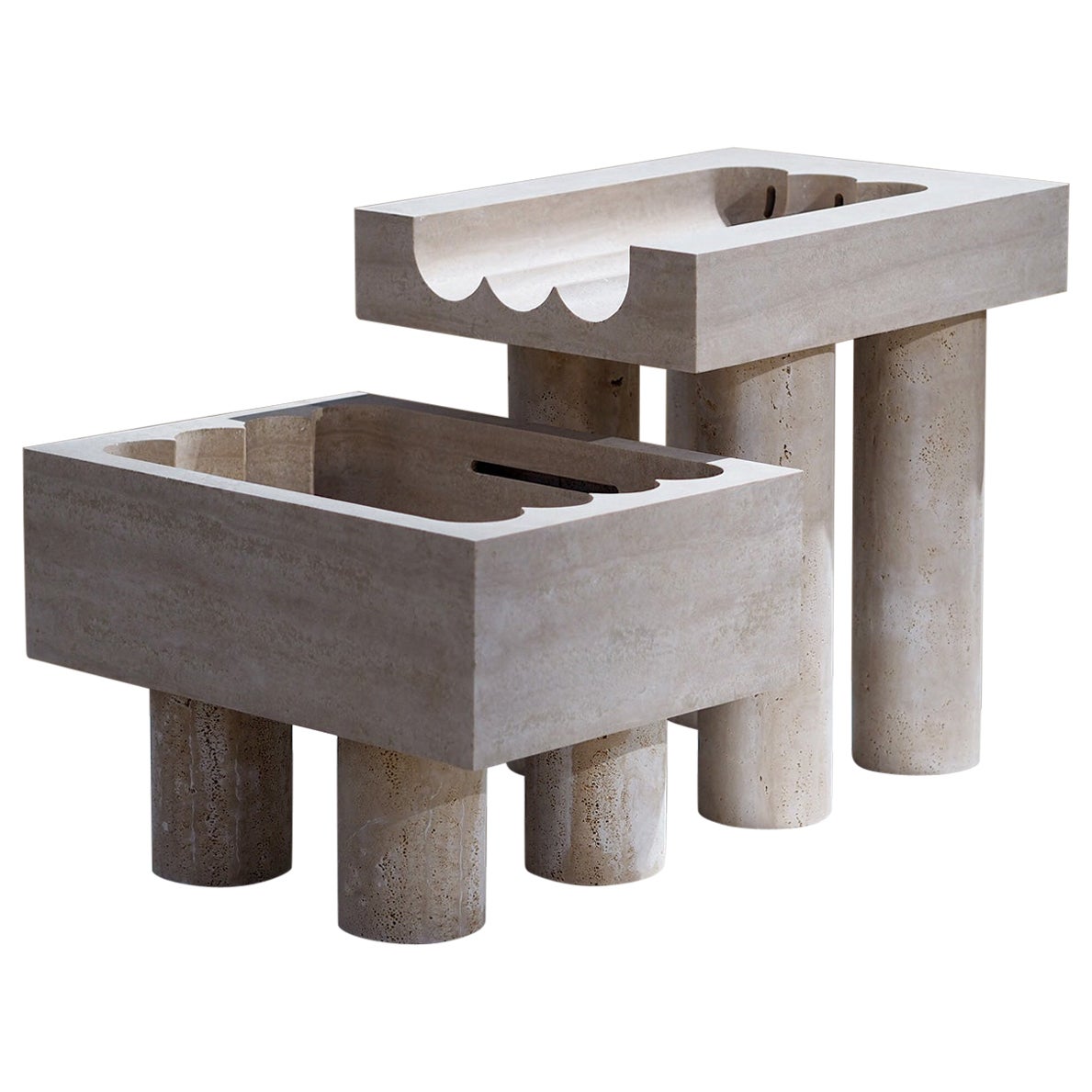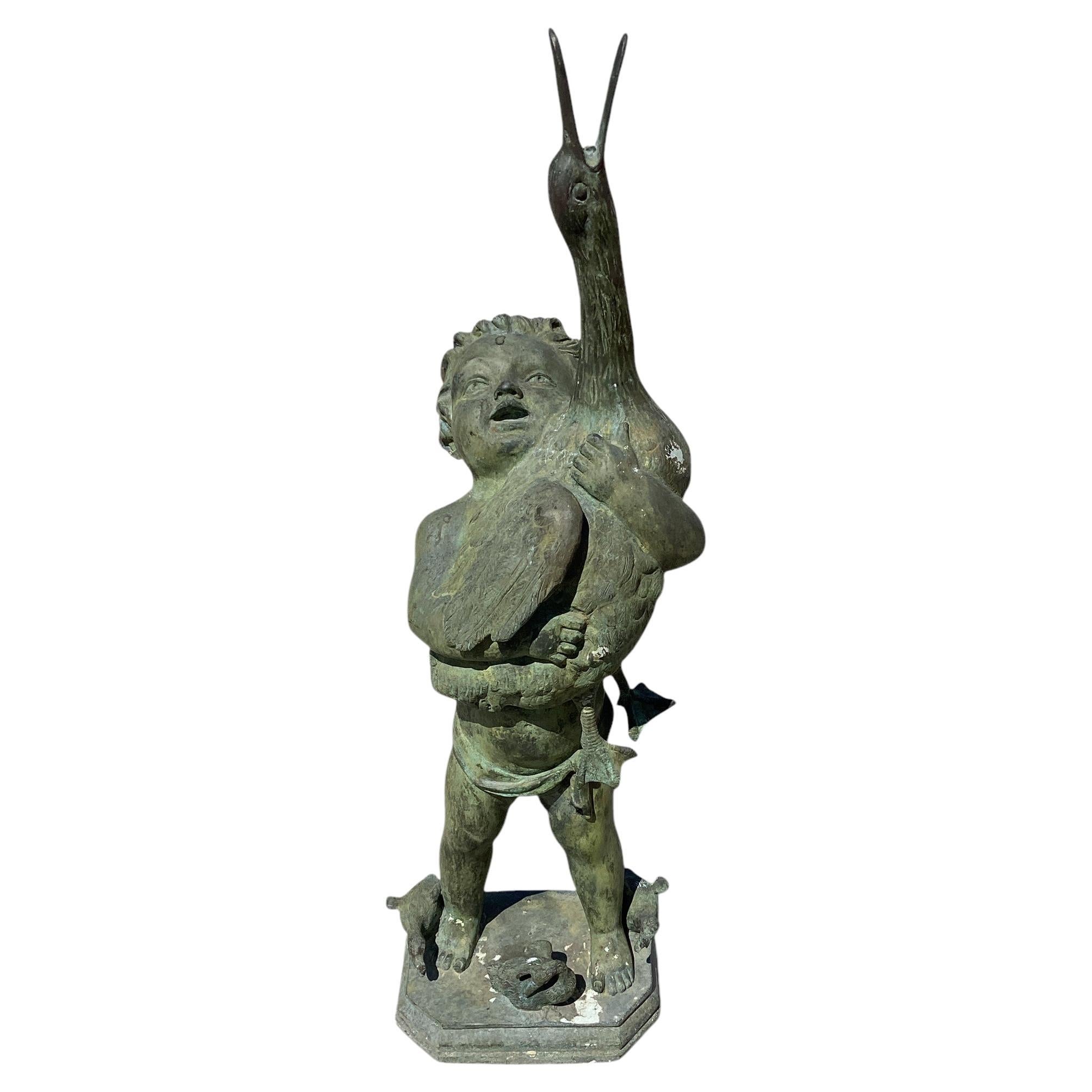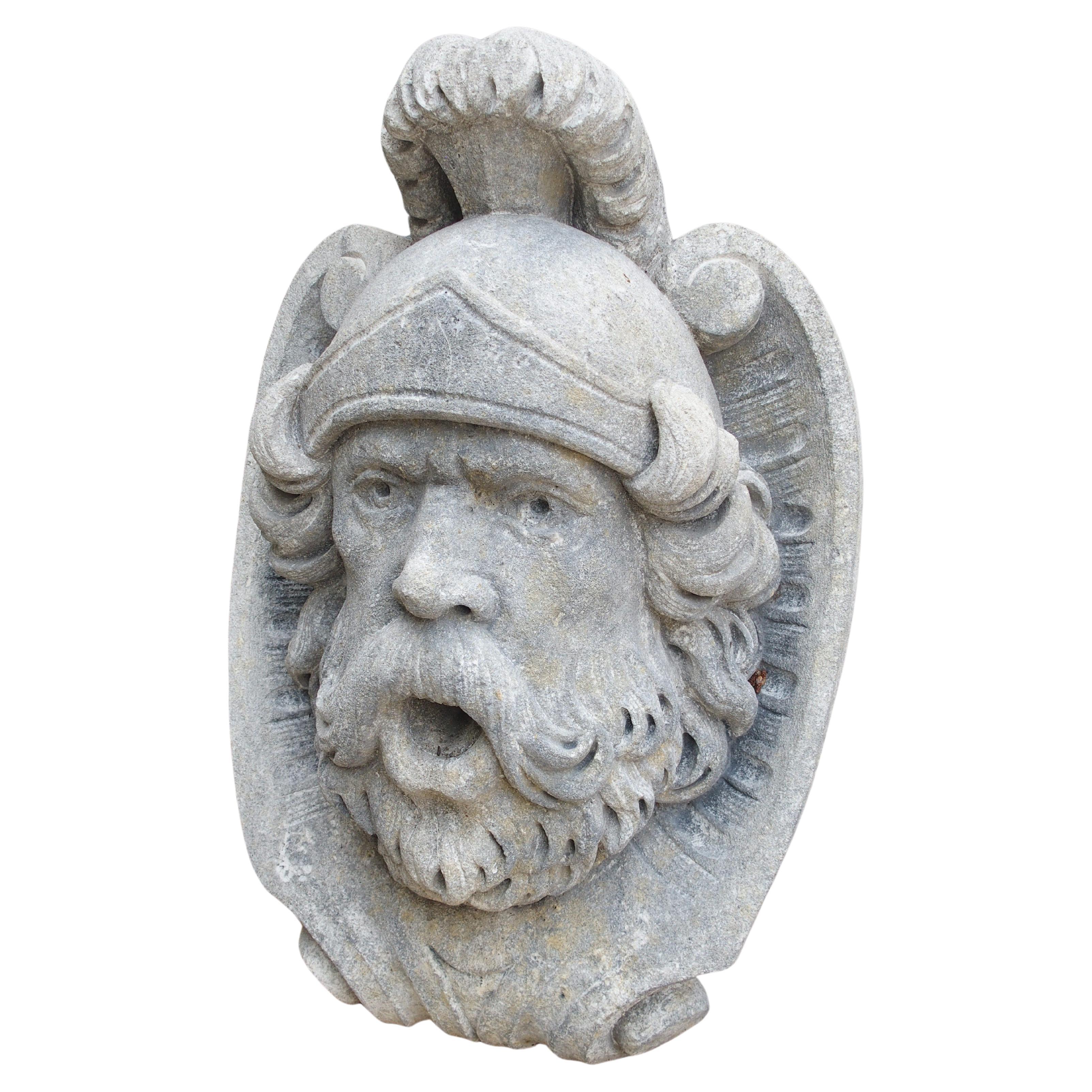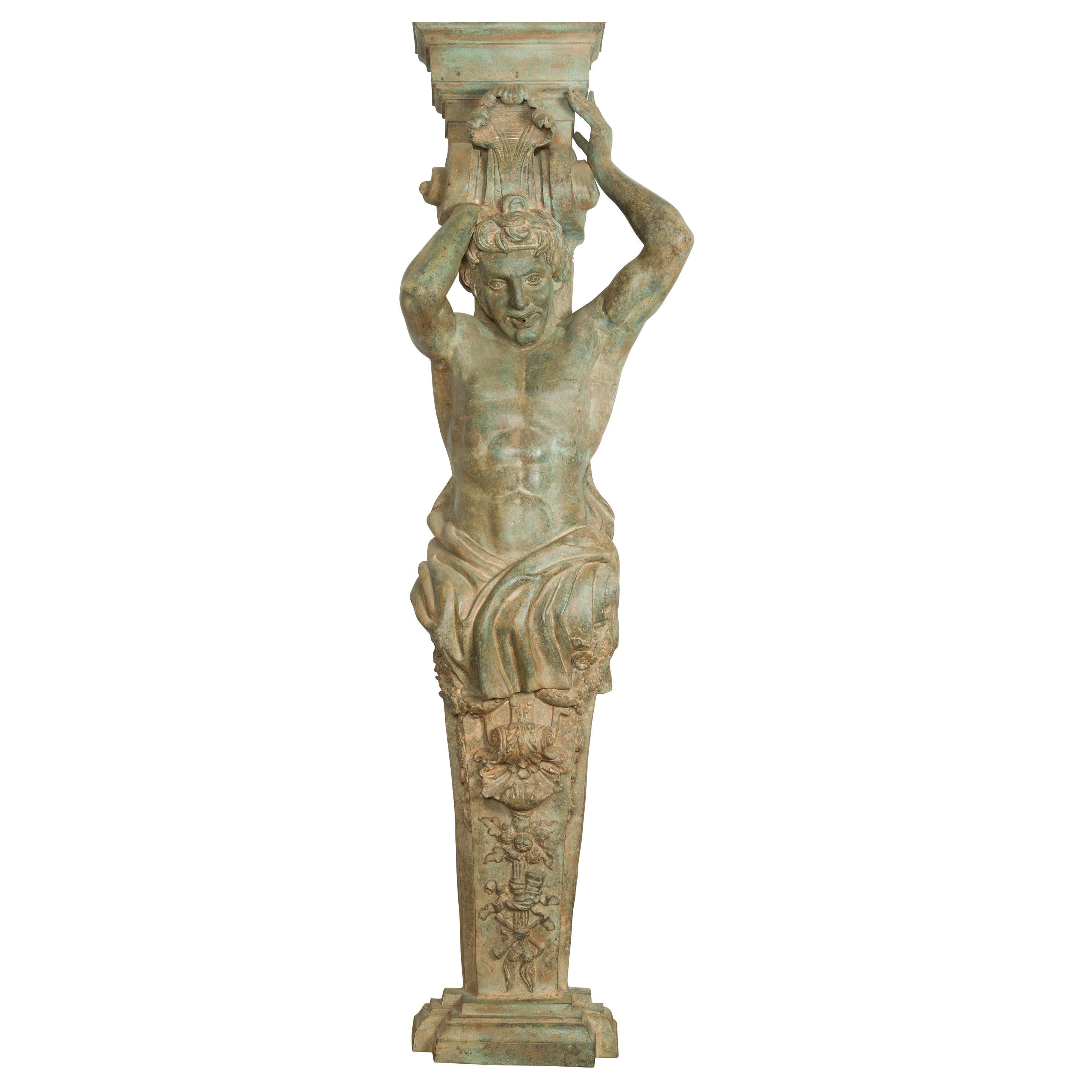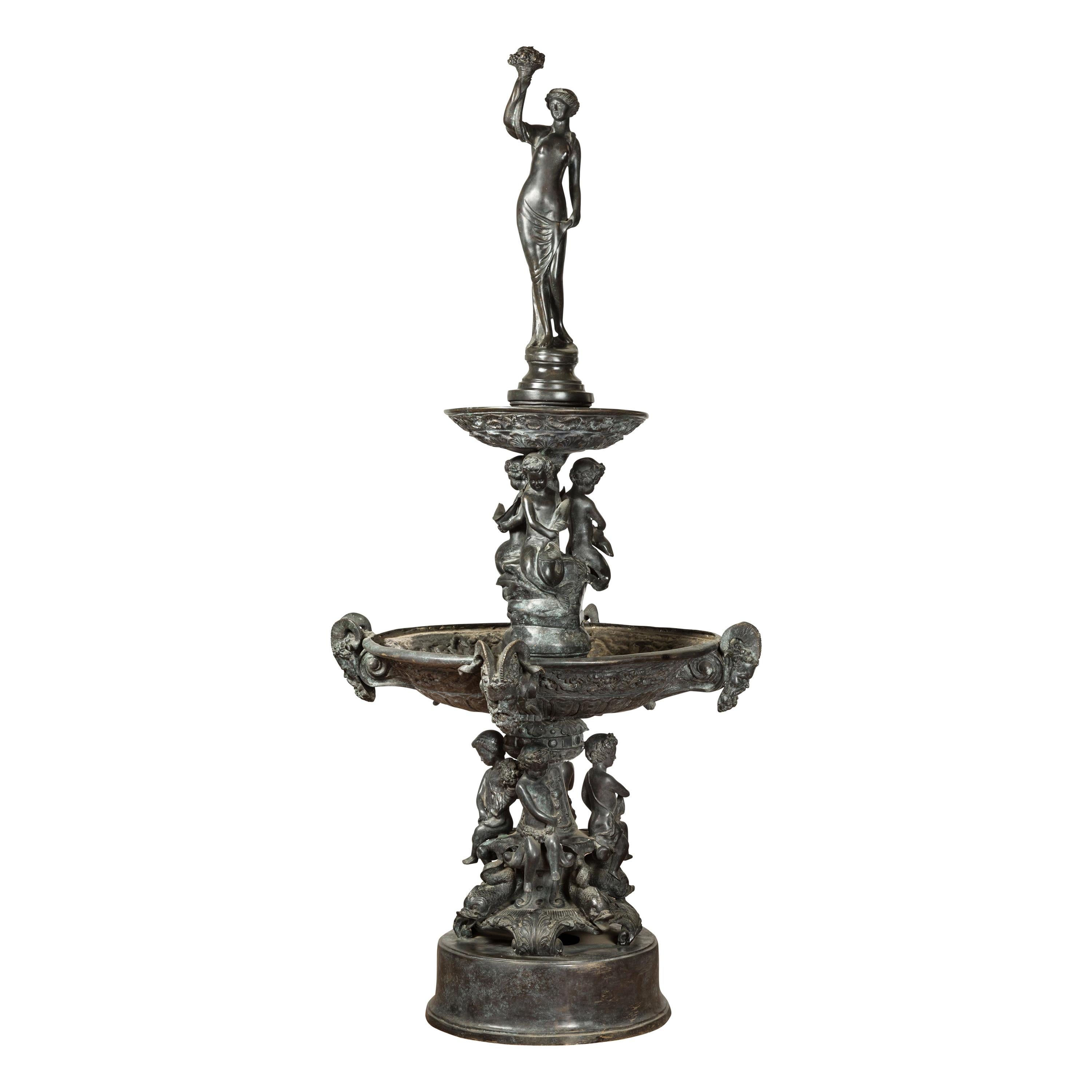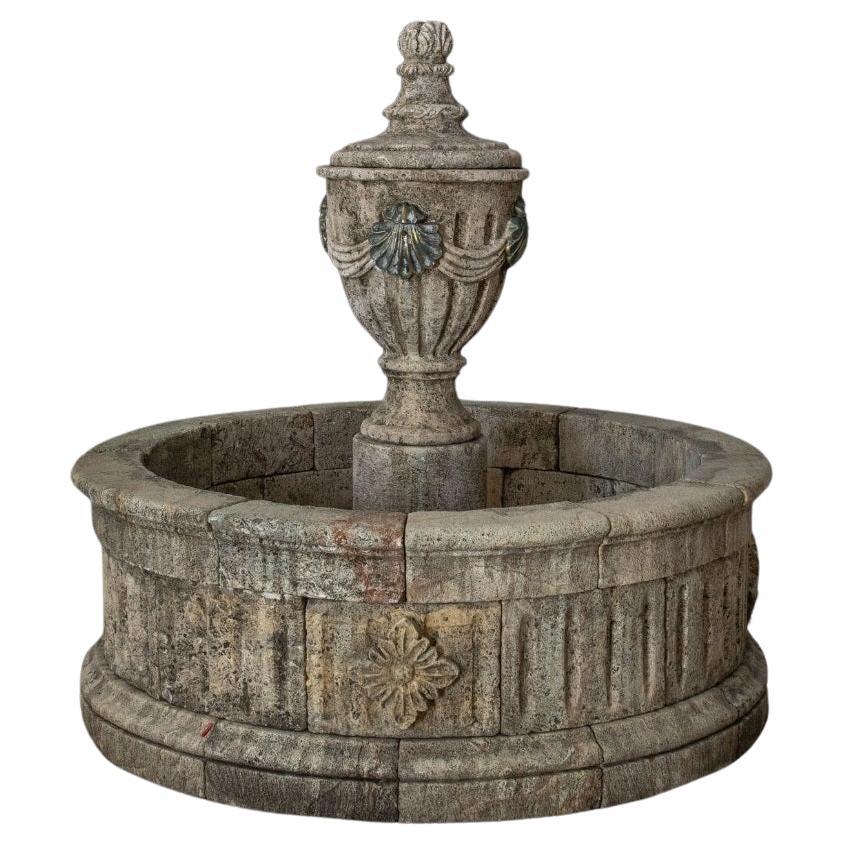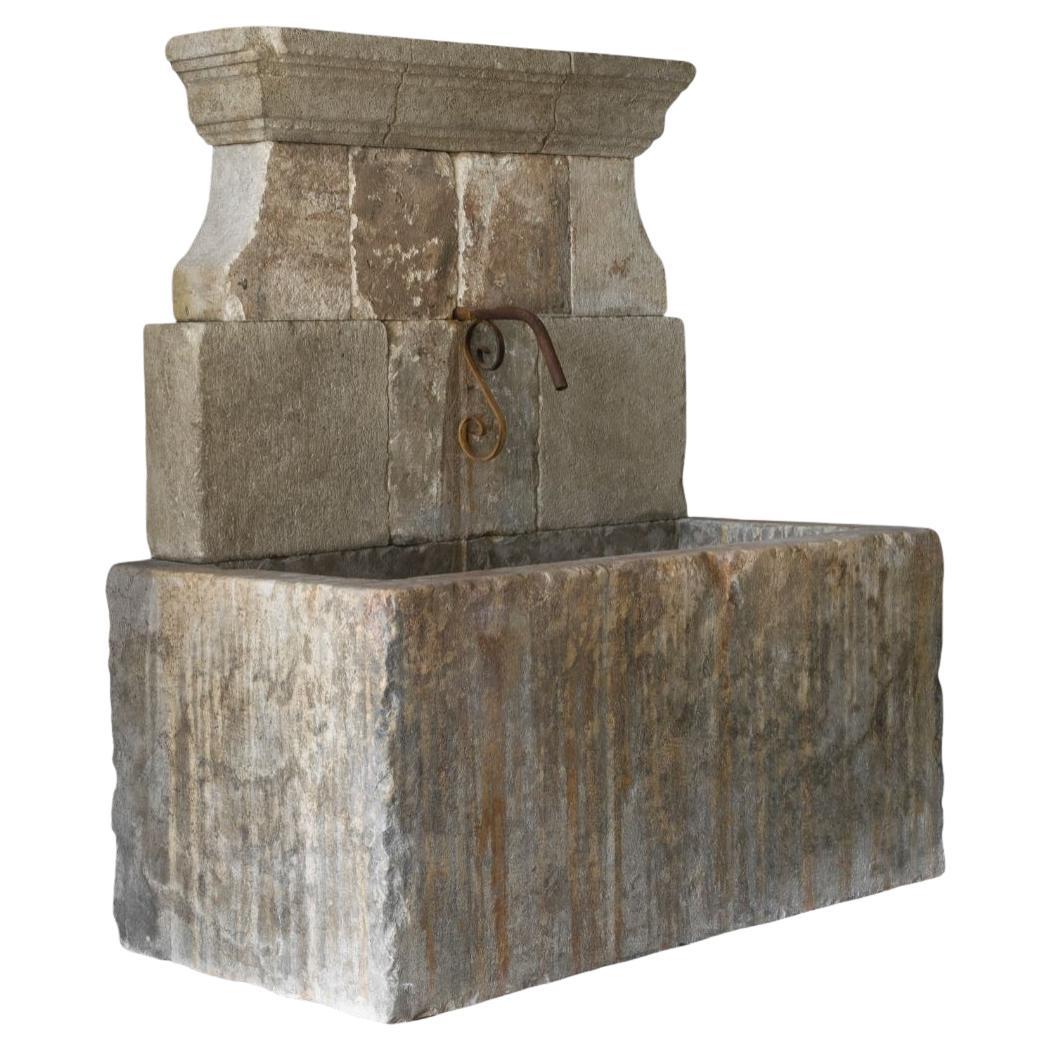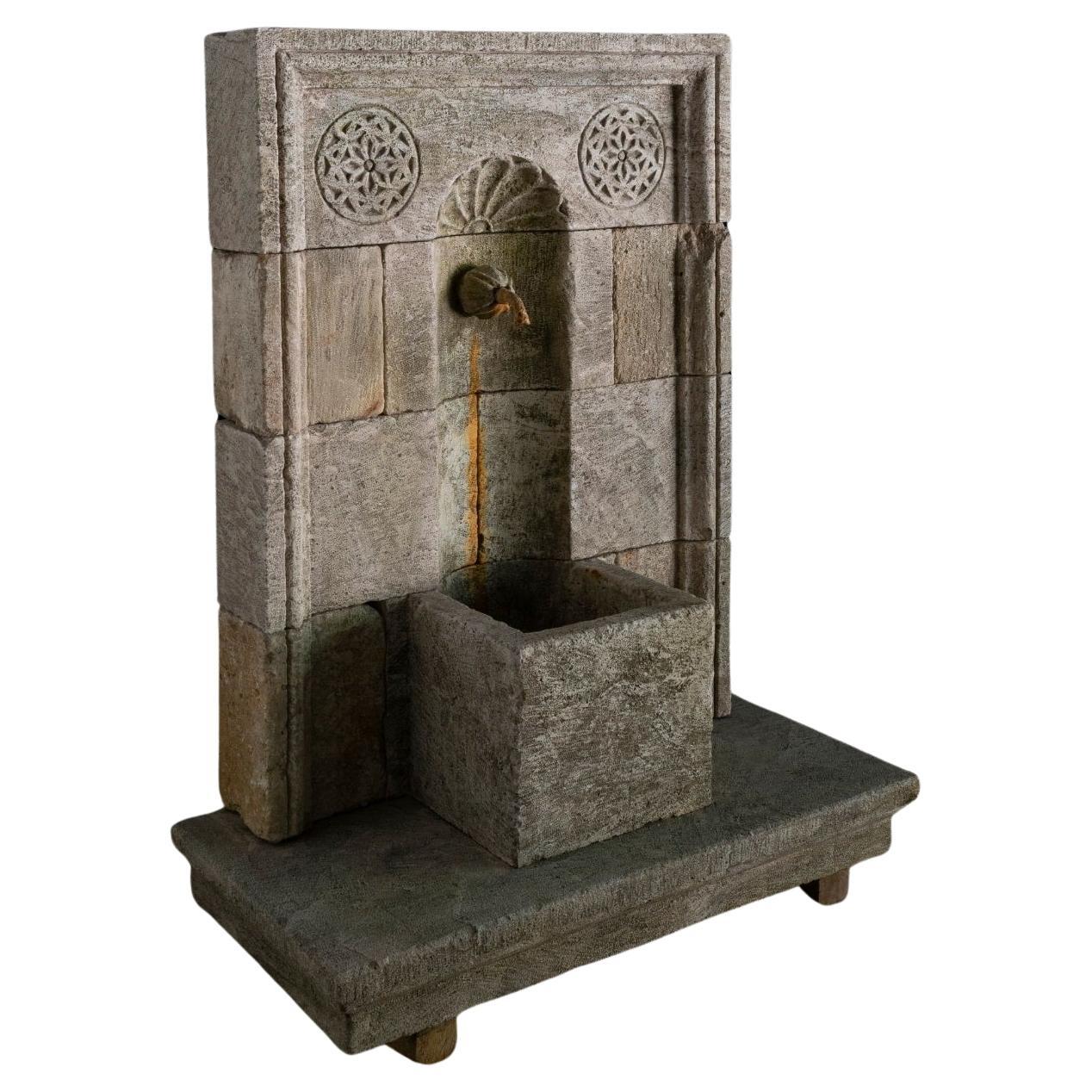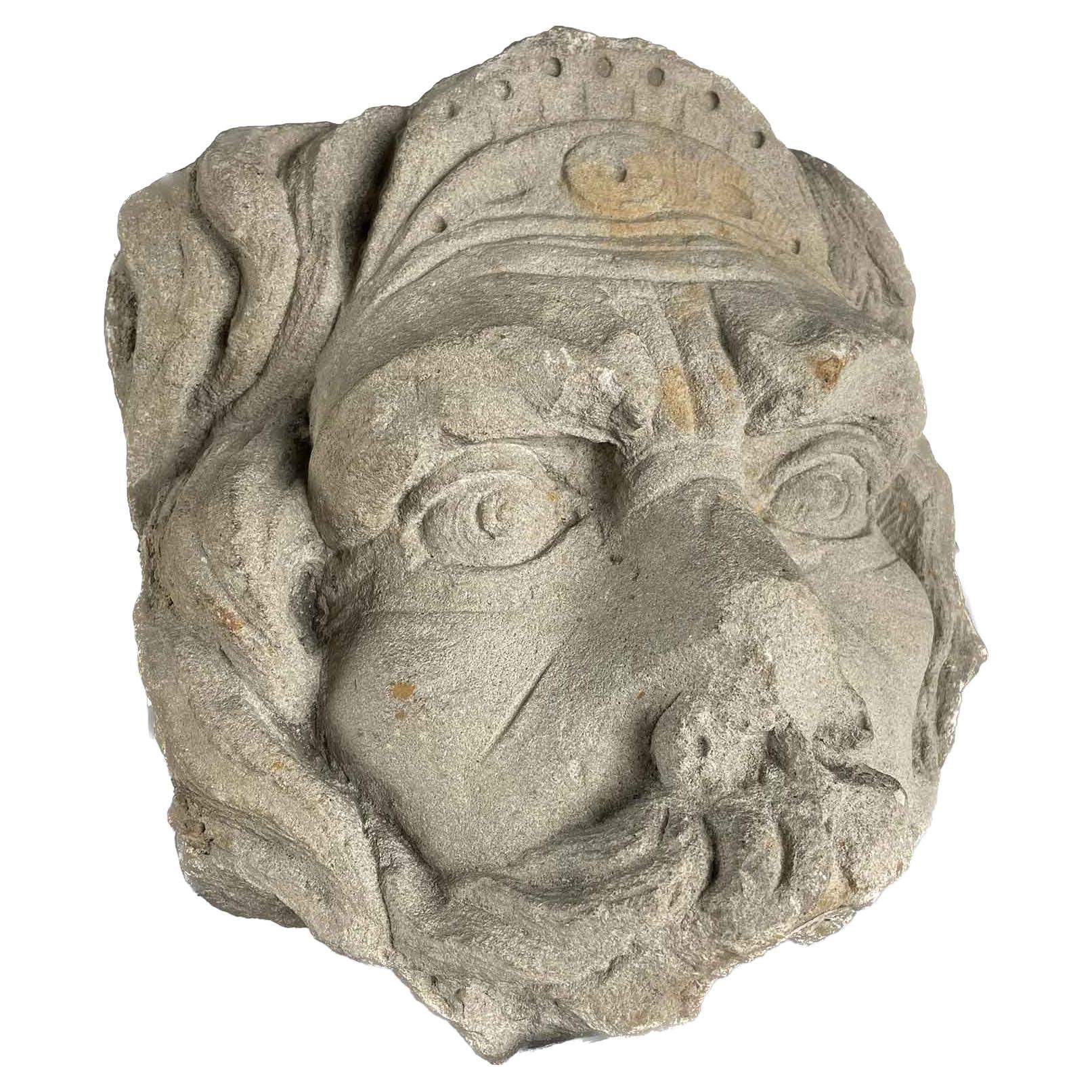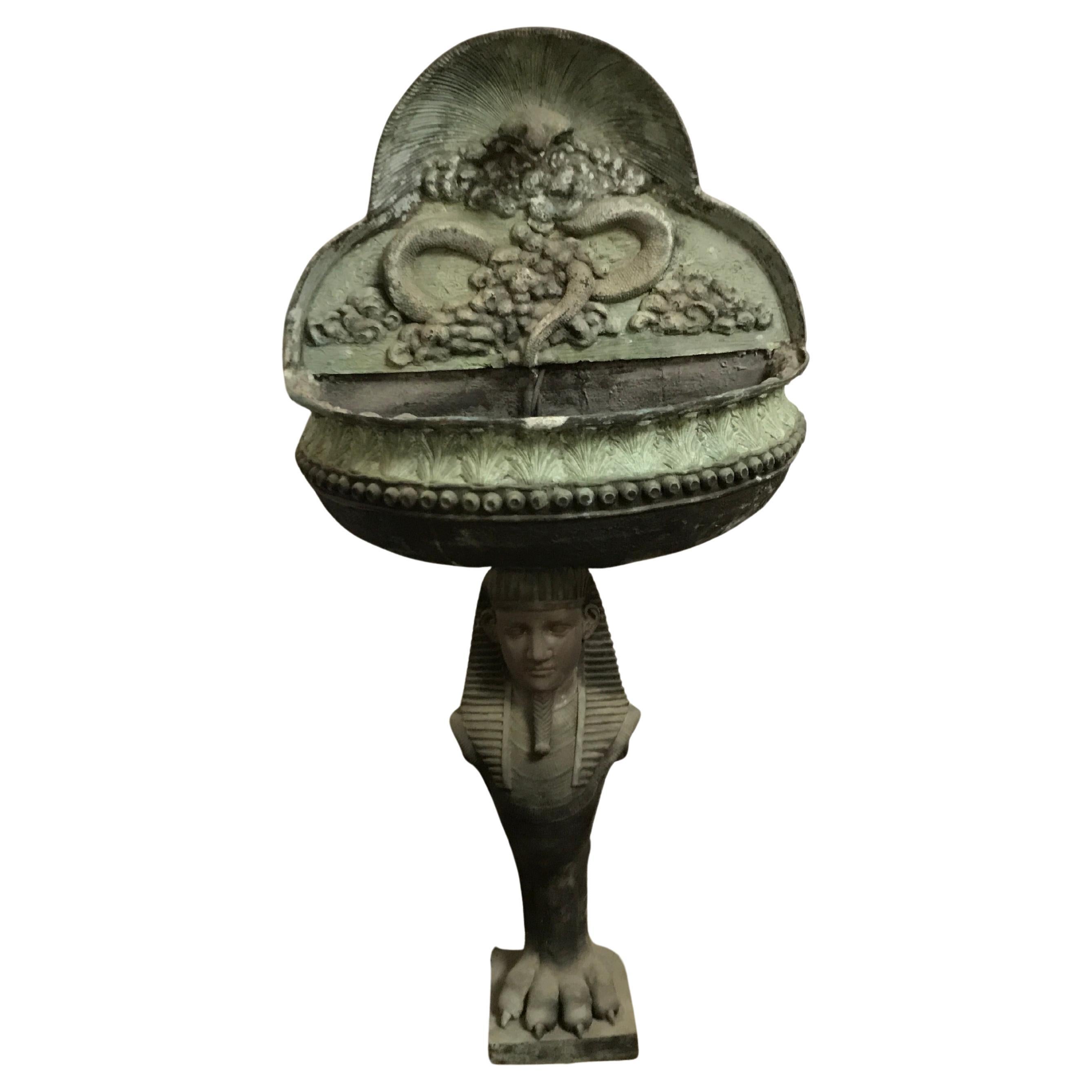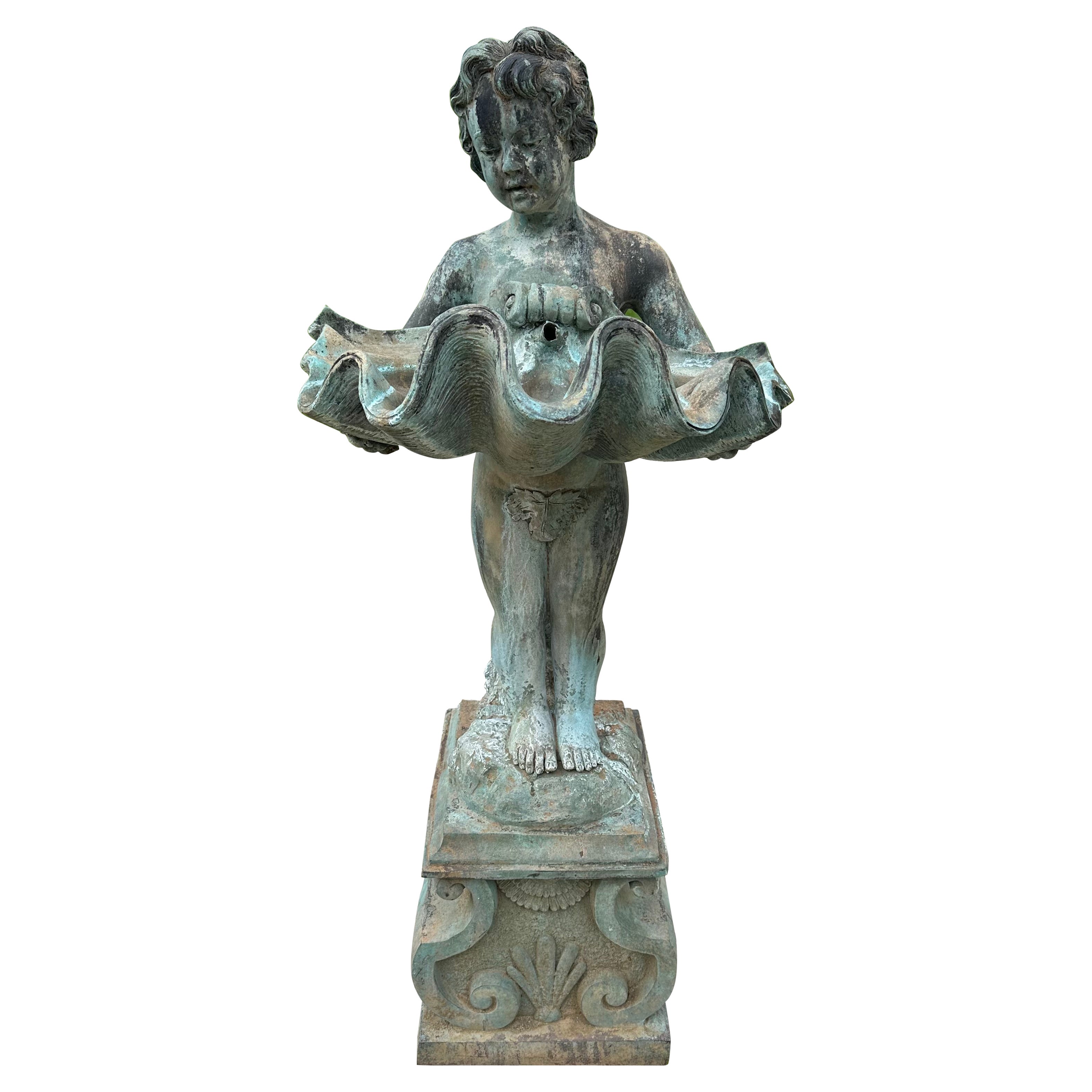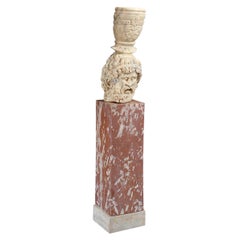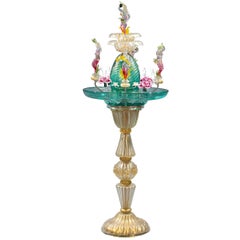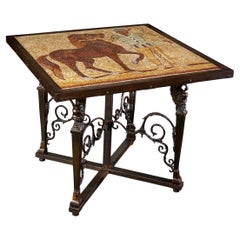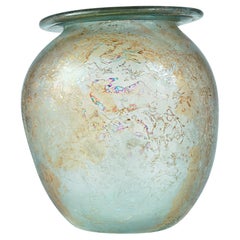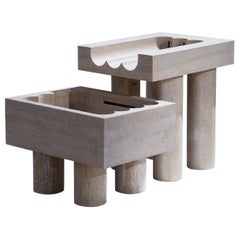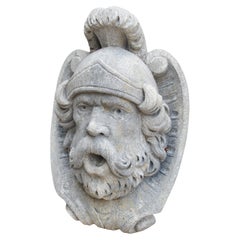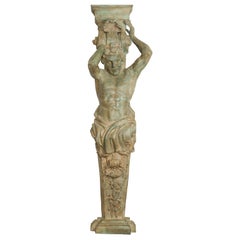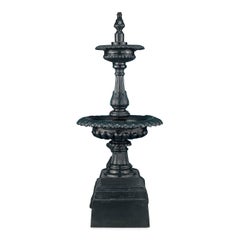
Minimus Roman Fountain
View Similar Items
Want more images or videos?
Request additional images or videos from the seller
1 of 5
Minimus Roman Fountain
About the Item
- Dimensions:Height: 58 in (147.32 cm)Diameter: 24 in (60.96 cm)
- Style:Classical Roman (In the Style Of)
- Materials and Techniques:
- Place of Origin:
- Period:
- Date of Manufacture:Circa 1900
- Condition:
- Seller Location:New Orleans, LA
- Reference Number:Seller: 26-34111stDibs: LU89116899023
About the Seller
5.0
Recognized Seller
These prestigious sellers are industry leaders and represent the highest echelon for item quality and design.
Established in 1912
1stDibs seller since 2010
107 sales on 1stDibs
Typical response time: 4 hours
Authenticity Guarantee
In the unlikely event there’s an issue with an item’s authenticity, contact us within 1 year for a full refund. DetailsMoney-Back Guarantee
If your item is not as described, is damaged in transit, or does not arrive, contact us within 7 days for a full refund. Details24-Hour Cancellation
You have a 24-hour grace period in which to reconsider your purchase, with no questions asked.Vetted Professional Sellers
Our world-class sellers must adhere to strict standards for service and quality, maintaining the integrity of our listings.Price-Match Guarantee
If you find that a seller listed the same item for a lower price elsewhere, we’ll match it.Trusted Global Delivery
Our best-in-class carrier network provides specialized shipping options worldwide, including custom delivery.More From This Seller
View AllTulio Lombardo Style Marble Fountain
Located in New Orleans, LA
This marble fountain sculpture in the style of Tulio Lombardo embodies the glory of Renaissance sculpture. Reminiscent of classical portrait busts, a bearded man's face serves as the...
Category
Antique 17th Century Italian Renaissance Fountains
Materials
Marble
Murano Venetian Glass Water Fountain
By Gino Cenedese
Located in New Orleans, LA
An unquestionable masterpiece of Venetian glass artistry, this incredible glass fountain is the rarest and most fascinating form of Murano glass ever created. Masterpieces requiring ...
Category
20th Century Italian Other Fountains
Materials
Gold Leaf
Roman Empire Charioteer Mosaic Table
Located in New Orleans, LA
This Roman Empire mosaic table is an iconic example of Classical history, featuring a 3rd-century mosaic of a Roman Charioteer. More than mer...
Category
Antique 15th Century and Earlier Italian Classical Roman Side Tables
Materials
Marble, Iron
Ancient Roman Glass Funerary Urn
Located in New Orleans, LA
This extraordinary glass vessel hails from the illustrious Roman empire, likely from Italy, dating to the mid-1st to 2nd century CE. It is exceptionally rare to find such a large and...
Category
Antique 15th Century and Earlier Italian Urns
Materials
Glass
Wedgwood First Edition Portland Vase
By Josiah Wedgwood
Located in New Orleans, LA
This extraordinary First Edition Wedgwood rendering of the legendary Portland Vase is one of the rarest masterpieces of Josiah Wedgwood, the most important ceramics manufacturer of the 18th century. A tour de force of ceramic art, the Portland Vase First Editions are regarded as one of the greatest ceramic accomplishments of the 18th century, and they are a testament to the superior skill of Josiah Wedgwood, his extraordinary ambition and his tireless dedication to perfection. One of the very few First Editions still in private hands, this exceptional Wedgwood Portland Vase is one of the most important works of ceramics on the market.
The story of Wedgwood and the Portland Vase is legendary. The original Portland Vase is the ancient world's most famous decorative arts masterpiece—a cameo glass vase dating to circa 25 CE with a frieze representing the myth of Peleus and Thetis, initially thought to be carved from stone. When it was first rediscovered around 1582, it captivated the world with its opaque white cameo figures over its rich blue background. After the vase was excavated it was owned by Cardinal Barberini, whose family later sold it to the Duke of Hamilton who eventually sold it to the Duchess of Portland, from whom the famed vase now takes its name.
The famed British sculptor John Flaxman was likely the first to have brought the vase to Wedgwood’s attention. In a letter dated February 5, 1784, he wrote: “I wish you may soon come to town to see William Hamilton’s vase, it is the finest production of Art that has been brought to England and seems to be the very apex of perfection to which you are endeavouring to bring your bisque and jasper…” Indeed, the Portland Vase is a masterpiece of cameo-cutting, with a stunning frieze of opaque white cameo glass over its translucent deep blue form. Its beauty and translucence would inspire Wedgwood to undertake his years-long endeavor to precisely replicate the original in porcelain.
Upon closer examination, Wedgwood realized the vase was not made of stone or earthenware, but of cameo glass—a technique so advanced it remains the masterpiece of cameo-cutting. Today, the vase is housed in the British Museum, where it is the second most viewed antiquity, only after the Rosetta Stone. It then took Wedgwood several painstaking years to craft his unparalleled copy of the vase, during which he perfected the jasperware technique that would become his crowning achievement. To this day, the renowned porcelain firm regards the vase as its most momentous triumph, so much so that the vessel’s silhouette is incorporated into the Wedgwood logo.
The four years it took Wedgwood to complete his vase were not without tribulations. From the start, Wedgwood encountered numerous problems with his copies, from cracking and blistering to the difficulty of replicating the translucent effects of the original. The first acceptable copy was produced in October 1789 and sent to Wedgwood’s physician and friend Erasmus Darwin, the grandfather of Charles Darwin. Wedgwood presented another copy to Queen Charlotte in May 1790 and afterward organized a private exhibition of the vase at the Portland House in London. The viewing proved so popular that Wedgwood was forced to restrict the show to 1,900 visitors. Much of London wished to see Wedgwood’s greatest major achievement. Perhaps the highest praise of Wedgwood’s copy came from the famed artist Sir Joshua Reynolds, the founder of the British Royal Academy: “I can venture to declare it a correct and faithful imitation, both in regard to the general effect, and the most minute detail of the part.”
Over the next few years, Wedgwood's oven records listed 43 First Edition copies of the Portland Vase produced between 1791 and 1796, 11 of which were broken during the firing process. In all, it is believed around 30 First Edition vases were completed, though an unknown number of these were somewhat damaged—one of these imperfect examples is currently held by the Victoria & Albert Museum in London. The perfect examples such as ours have found their way into the most important museum collections in the world. The British Museum (London), Art Institute of Chicago, Birmingham Museum of Art, Museum of Fine Arts (Boston) and the Fitzwilliam Museum (Cambridge, UK), among others, all hold one of these highly coveted vases in their collections.
In terms of technical achievement, the First Edition Portland Vases...
Category
Antique 18th Century English Classical Roman Vases
Materials
Porcelain
Wedgwood Decorated Black Basalt Inkstand
By Wedgwood
Located in New Orleans, LA
This enchanting antique Wedgwood black basalt inkwell is crafted in the form of an ancient oil lamp. With a removable well and holes for storing pens ...
Category
Antique 19th Century English Other Inkwells
Materials
Porcelain
You May Also Like
Monolithic Font - Two part fountain carved from Roman Travertine
By Tino Seubert
Located in London, GB
Originally designed for Wallpaper* Magazine's annual Handmade exhibition at the Salone del Mobile 2017, Tino Seubert teamed up with Pibamarmi to create a two-levelled indoor font. Tu...
Category
2010s British Modern Fountains
Materials
Travertine
Antique Italian Bronze Fountain
Located in Chapel Hill, NC
Antique Italian Bronze Fountain. Late 19th Century figure of a boy in a bronze Verdi Gris depicted holding a duck. The boy is standing on a platform with other ducklings at his feet....
Category
Antique Early 1900s Italian Classical Roman Fountains
Materials
Bronze
Italian Carved Limestone Fountain Spout of the Roman God Mars
Located in Dallas, TX
Hand-carved in Italy, this limestone fountain spout depicts the Roman God of war and courage, Mars. As seen here, Mars is often depicted in art wearing a crested helmet. The helmet i...
Category
21st Century and Contemporary Italian Neoclassical Fountains
Materials
Stone, Limestone
Vintage Bronze Greco-Roman Style Telamon Term Fountain with Verdigris Patina
Located in Yonkers, NY
A vintage lost wax cast bronze Greco-Roman style Telamon Term fountain with verdigris patina. Created with the traditional technique of the lost-wax (à la cire perdue) that allows a ...
Category
Mid-20th Century Fountains
Materials
Bronze
Vintage Greco-Roman Style Cast Bronze Fountain with Nymph, Tritons and Putti
Located in Yonkers, NY
A vintage tall lost wax cast bronze Greco-Roman style fountain from the mid 20th century, depicting a nymph with cornucopia, tritons and cherubs. Created with the traditional techniq...
Category
Mid-20th Century Greco Roman Fountains
Materials
Bronze
Old Stone Fountain - Limestone Pool Fountain - Antique Garden Fountain
Located in Costa Mesa, CA
This old French Limestone fountain was hand carved in the mid 17th century and installed in a French countryside home. The piece has been well preserved throughout the years and was ...
Category
Antique Mid-17th Century French Rustic Fountains
Materials
Limestone, Bronze
